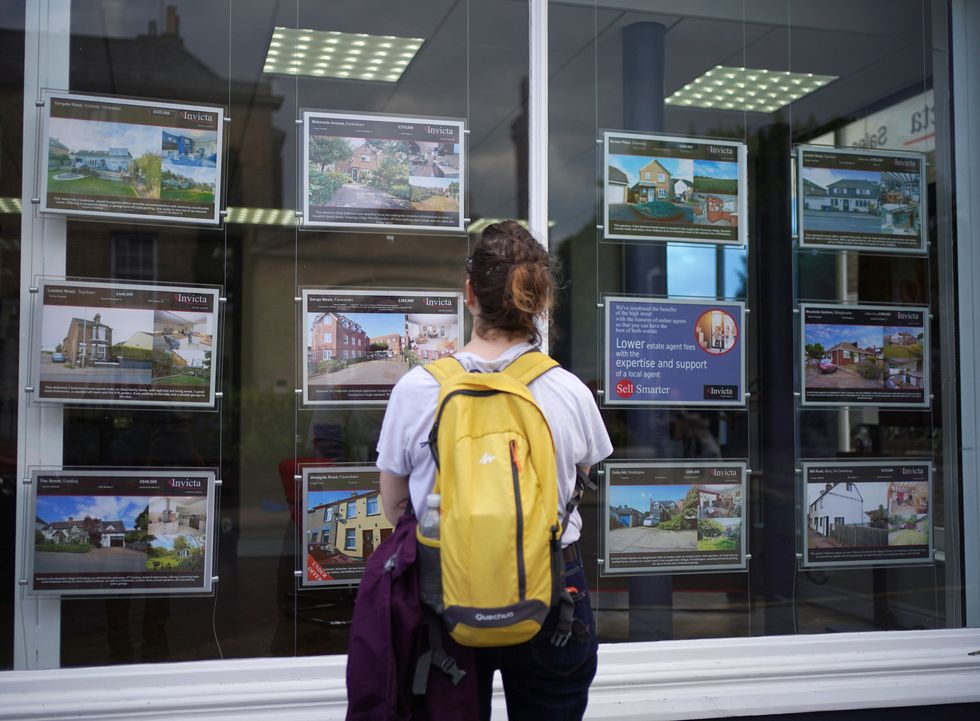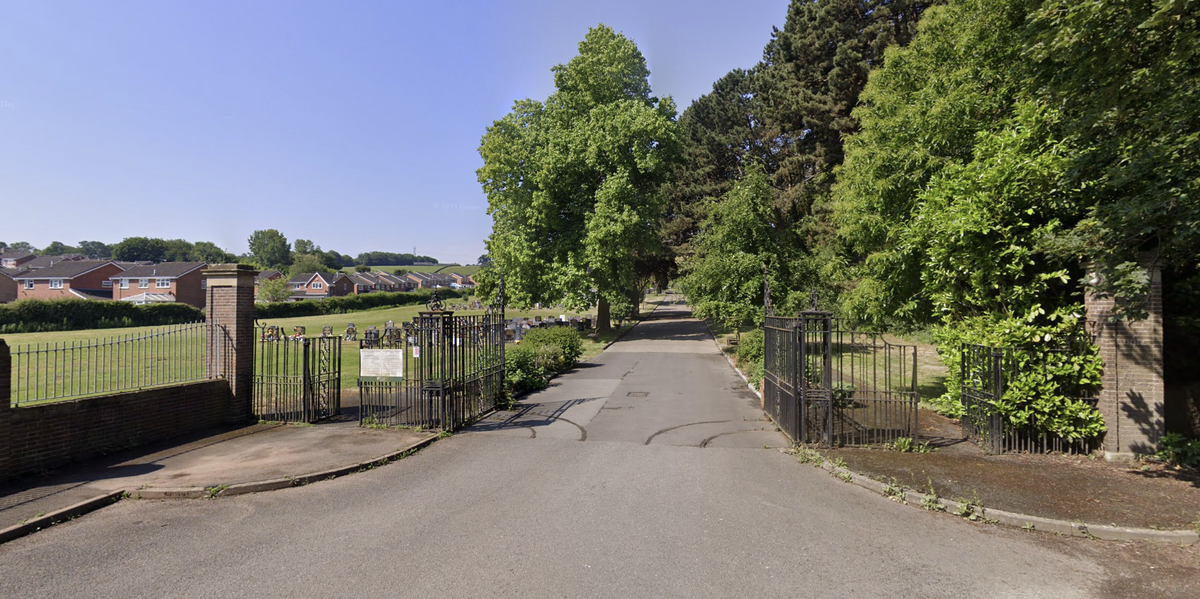UK house prices have shown remarkable resilience in 2024, with growth ending the year at 4.7 per cent despite ongoing affordability challenges, according to new research from Nationwide Building Society.
The number of mortgage approvals returned to pre-pandemic 2019 levels, even with typical mortgage rates being around three times higher. The data also showed Aberdeen in Scotland to be the most affordable place to buy.
First-time buyers accounted for a larger share of house purchase mortgages in 2024 at 54 per cent, up from 51 per cent before the pandemic.
The findings come as Britain's biggest building society reveals stark differences in affordability across professions and regions, with some workers spending more than half their take-home pay on mortgage payments.
Various factors were taken into consideration
PA
Housing affordability has seen a modest improvement over the past year, as earnings growth slightly outpaced house price growth alongside a small reduction in average borrowing costs.
However, conditions remain "stretched" by longer-term standards, according to Nationwide's senior economist Andrew Harvey. The research revealed dramatic variations in mortgage affordability across different professions, with workers in lower-paid roles facing the heaviest burden.
Cleaners, couriers and construction labourers would see 52 per cent of their take-home pay consumed by mortgage payments on a typical first-time buyer property.
Care workers and customer service staff face similar pressures, with 51.9 per cent of their salaries going towards mortgage costs. Administrative and secretarial workers would need to allocate 47.2 per cent of their take-home pay to mortgages.
The situation is somewhat better for skilled trades workers at 41.3 per cent, while plant and machine operatives would spend 43 per cent of their earnings on mortgage payments.
In stark contrast, managers, directors and senior officials would spend just 25.6 per cent of their take-home pay on mortgages.
Professional occupations generally fare better than most, though still requiring 30.9 per cent of their earnings for mortgage payments. The research also highlights significant regional variations in housing affordability across the UK.
Kensington and Chelsea in London emerges as the least affordable area, with house prices 13.6 times the typical earnings.
At the other end of the scale, Aberdeen in Scotland offers the most affordable housing, with prices just 2.5 times local earnings.
The least affordable areas by nation or region include:
- London - Kensington and Chelsea (13.6)
- Outer South East - Chichester (8.5)
- Outer Metropolitan - Three Rivers (7.8)
- South West - Bath and North East Somerset (7.8)
- East Anglia - Cambridge (7.7)
The most affordable areas include:
- Scotland - Aberdeen (2.5)
- North West - Burnley (2.8)
- North - Hartlepool (2.8)
- Yorkshire and the Humber - North East Lincolnshire (3.3)
- Wales - Blaenau Gwent (3.5)
Andrew added: "Despite these affordability challenges, mortgage market activity and house prices proved surprisingly resilient in 2024."
He noted that a typical first-time buyer earning average UK income and putting down a 20 per cent deposit would face monthly mortgage payments equivalent to 36 per cent of their take-home pay.
Property in Aberdeen was named the most affordable
PEXELS
The deposit hurdle has become increasingly difficult to overcome, exacerbated by record rent increases and the broader cost-of-living crisis. This has led to a growing reliance on family support, with around 40 per cent of first-time buyers receiving help with their deposit through gifts, loans from family and friends, or inheritance.
The house price-to-earnings ratio for first-time buyers currently stands at 5.0, significantly above the long-term average of 3.9.
The expert added: "Providing the economy recovers steadily, as we expect, the underlying pace of housing market activity is likely to continue to strengthen gradually."
He suggested this improvement would come through a combination of two factors. Firstly, a modest reduction in interest rates is anticipated. Secondly, earnings are expected to outpace house price growth, helping to ease affordability constraints.
Together, these factors should contribute to a gradual strengthening of the housing market, according to the analysis of the building society.
The forecast comes despite current challenges, including stretched affordability metrics and high deposit requirements for first-time buyers.

 By GB News (World News) | Created at 2025-01-24 13:01:28 | Updated at 2025-01-24 19:44:42
6 hours ago
By GB News (World News) | Created at 2025-01-24 13:01:28 | Updated at 2025-01-24 19:44:42
6 hours ago










